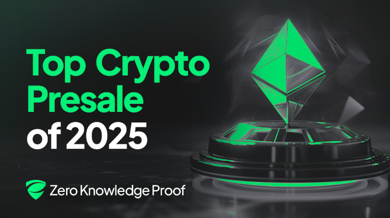
Ethereum remains the most dominant smart contracts platform by market capitalization. Ranked second in market cap, Ethereum supports a wide range of decentralized applications (dApps) spanning multiple sectors. Despite a slowdown in Metaverse, gaming, and NFT activities, DeFi (Decentralized Finance) continues to show resilience. According to DeFiLlama, there’s been a steady recovery in the total value locked (TVL) within the DeFi ecosystem.
DeFi’s Pivotal Role in Ethereum’s Gas Fees
The dominance of DeFi on Ethereum highlights how smart contracts and decentralized ledgers have transformed the financial landscape. Analyzing trends in gas fees and their primary sources over the years, the managing partner of DragonFly recently shared data from CoinShares on X.
Since its inception, Ethereum has seen a consistent rise in gas fees. After a significant dip following the ICO craze of 2017 and 2018, annual gas fees plummeted from $143 million in 2018 to $46 million in 2019. However, the post-crypto winter period saw a remarkable surge in gas fees, driven by the popularity of ERC-20 tokens and the widespread adoption of DeFi protocols.
The DeFi resurgence began with the launch of Uniswap in late 2018, introducing the automated market maker (AMM) model that decentralized liquidity provision. Since then, decentralized exchanges (DEXs) have become a crucial part of the DeFi landscape. Major protocols like Curve and Uniswap are among the most popular DeFi platforms, contributing significantly to Ethereum’s gas fees.
Shifting Trends in Gas Fees: The Impact of Dencun and ERC-20 Transfers
Interestingly, gas fees from DEXs have been declining, dropping from $2.4 billion in 2021 to $512 billion by 2024. In contrast, ERC-20 transfers have risen in prominence, moving up from the third position in 2021-2023 to second place by September 2024. These transfers, including those from popular meme coins like PEPE and stablecoins, generated $223 million for validators in the past year alone.
Layer-2 solutions have also experienced a drop in gas fees. In 2023, Ethereum raised $247 million from layer-2 platforms like Arbitrum and Optimism. However, by the time of CoinShares’ report, this figure had decreased to $90 million, largely attributed to the activation of Dencun.
As Ethereum continues to evolve, its role in DeFi and the broader blockchain ecosystem remains pivotal. The trends in gas fees and the shifting dynamics of decentralized applications highlight the platform’s adaptability and potential for future growth.







